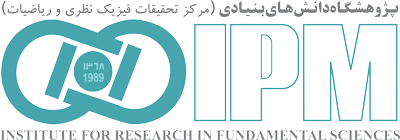“School of Nano-Sciences”
Back to Papers HomeBack to Papers of School of Nano-Sciences
| Paper IPM / Nano-Sciences / 18242 |
|
||||||
| Abstract: | |||||||
|
Motivated by recent advances in utilizing two important classes of two-dimensional materials-
topological insulators and transition-metal dichalcogenides (TMDCs)-as spin sources to generate
spin-orbit torque (SOT), the applied current-induced spin polarization and the resulting spin-orbit
torque in a TMDC and chromium iodide (CrI3) bilayer, with WSe2 and
MoSe2 as TMDCs, is investigated beyond the linear response theory.
Making use of the steady-state Boltzmann equation, we find that the spin polarization associated with
intra-band transitions generates a strong in-plane, field-like SOT on the ferromagnetic CrI3
layer, whereas the intrinsic inter-band transitions lead to a weak in-plane, damping-like SOT in
WSe2/CrI3 bilayers.
Importantly, it is demonstrated that the strength of the damping-like torque can be significantly
enhanced by three orders of magnitude in the case of n-doped MoSe2 and be approximately at
the same order as the field-like term, which itself exceeds that of the WSe2-based bilayer
by one order of magnitude. Both the field-like and damping-like SOTs demonstrate large discrepancies
between the n-type and p-type doping for WSe2- and MoSe2-based bilayers.
Remarkably, depending on the TMDC material and the chemical potential, twisting can lead to a sign
change as well as an attenuation or a significant amplification of the strength of the in-plane
spin-orbit torque. In addition, we reveal a rather high tunability of the strength of the SOT,
about one order of magnitude, as well as a sign change at the twist angle 10.1583° by applying a
transverse gate electric field.
|
|||||||
| back to top | |||||||



















